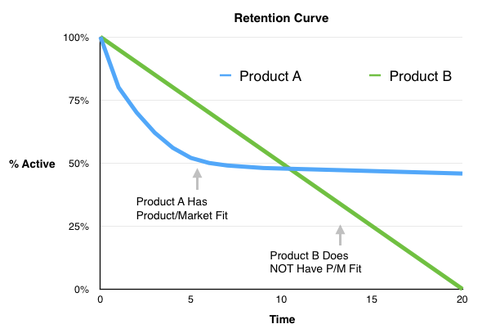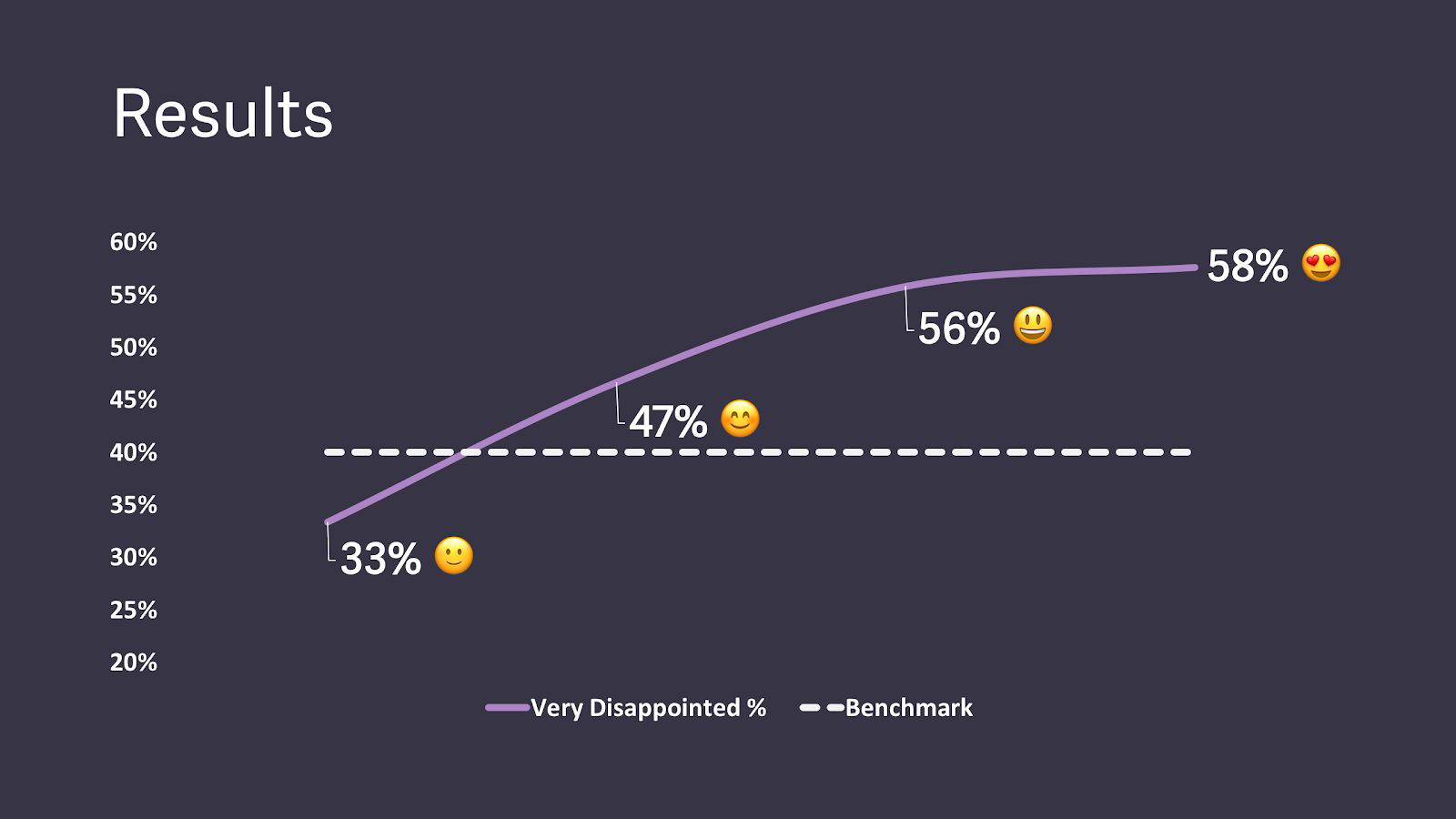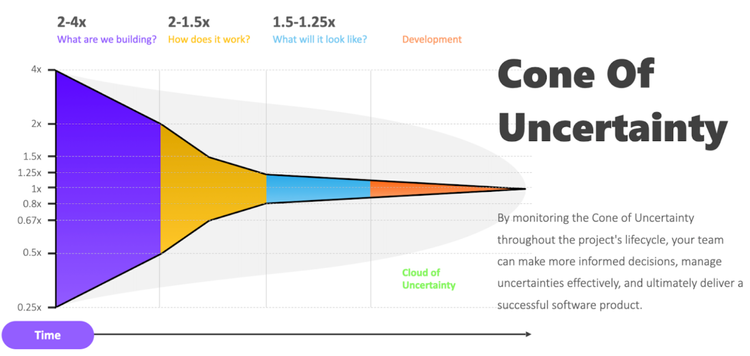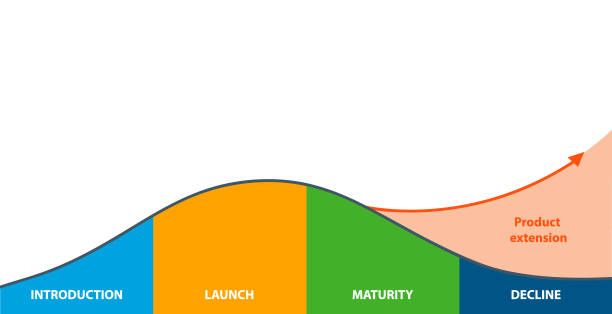Measuring PMF for Product Integrations

In the dynamic world of product (and platform) integrations, achieving product-market fit (PMF) presents a unique set of challenges.
Unlike standalone products, integrations rely heavily on the success of another platform, adding an extra layer of complexity to their adoption journey.
So, how do you navigate this intricate ecosystem and gauge whether your integration truly resonates with users and customers?
While traditional PMF metrics like user acquisition and engagement remain crucial, for integrations, deeper insights are needed. Let's dive into some key indicators that go beyond vanity metrics and paint a clearer picture of your integration's PMF.
PMF Scores:
Develop a custom scoring system based on qualitative and quantitative data specific to your integration's value proposition. This could include factors like:
- Number of features actively used: Are users engaging with the core functionalities of your integration?
- Frequency of use: How often are users leveraging your integration in their workflow?
- Impact on core metrics: Does your integration demonstrably improve key metrics of the host platform (e.g., increased conversions, reduced churn)?
- Sentiment analysis: What are users saying about your integration in reviews and support tickets?
By combining these elements into a weighted score, you gain a holistic understanding of how well your integration aligns with user needs and delivers value.
Retention Curves:
Analyzing user retention specifically for your integration offers invaluable insights. Look for trends like:
- Time to first activation: How quickly are users adopting your integration after installation?
- Repeat usage: Do users return to your integration consistently, or do they drop off quickly?
- Churn rate: Are users abandoning your integration, and if so, why?
These data points reveal the stickiness of your integration and its ability to become an essential part of the user experience.

MAU Growth:
While overall Monthly Active Users (MAU) is vital, track MAU specific to your integration. This isolates the growth directly attributable to your offering and provides a clearer picture of your own traction within the larger platform ecosystem.
Surveys and "Net Promoter Score": Don't underestimate the power of direct user feedback. Conduct surveys asking:
- How valuable is this integration to your workflow?
- How likely are you to recommend this integration to others?
- How would you feel if you could no longer use this product?

The last question, often referred to as the Net Promoter Score (NPS), offers a powerful indicator of user loyalty and advocacy. High NPS scores suggest your integration is not only useful but also beloved, a key sign of true PMF.
Remember, PMF for integrations is an ongoing journey, not a destination. By combining these metrics with ongoing qualitative feedback, you gain a comprehensive understanding of your integration's health and can make data-driven decisions to continually refine your offering and achieve lasting success within your platform ecosystem.
“My number one predictor of whether or not a company will find product-market fit: High shipping cadence."
― Naval Ravikant
If you enjoyed this piece, please share it. Thanks. 🙏




